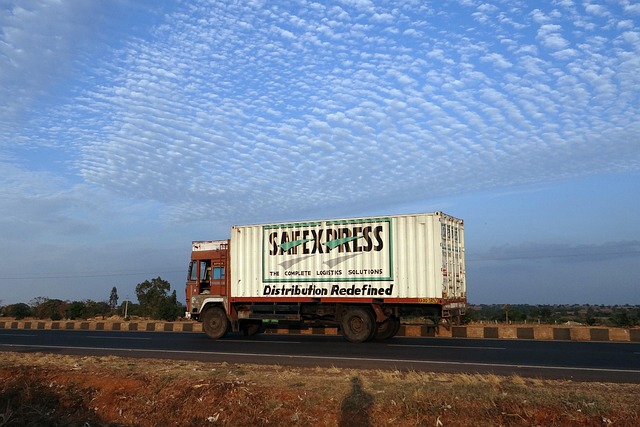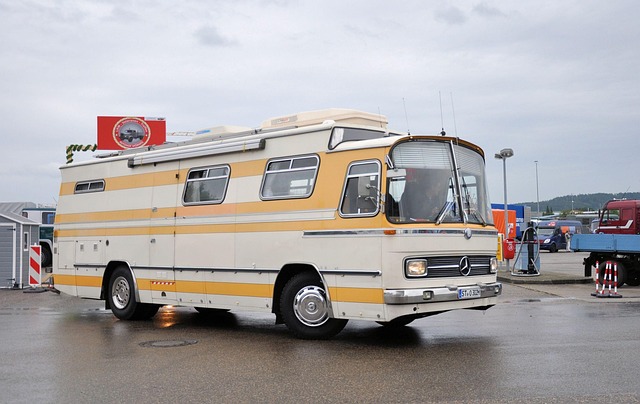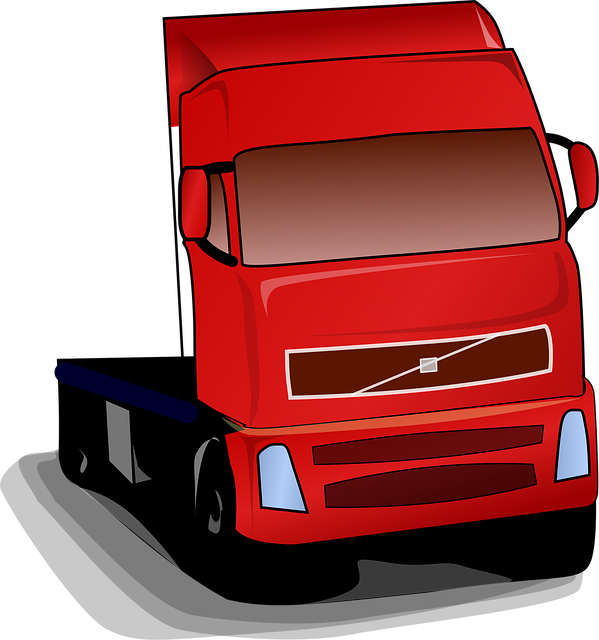Registering a car in California involves understanding specific requirements and gathering essential documents. This step-by-step guide will walk you through the process, ensuring a smooth experience. First, comprehend the necessity of DMV VIN verification for accurate vehicle identification. Then, collect all needed paperwork, including ownership proof and vehicle documentation. Visit your local DMV to verify the Vehicle Identification Number (VIN), a crucial step before completing the registration application. Finally, pay the registration fees and receive your official license plate.
- Understand Requirements for Car Registration in California
- Gather Necessary Documents for Vehicle Registration
- Visit DMV for Vehicle Identification Number (VIN) Verification
- Complete Application Form for Car Registration
- Pay Registration Fees and Receive Your License Plate
Understand Requirements for Car Registration in California

Before registering your car in California, it’s crucial to understand the requirements and documents needed. The California Department of Motor Vehicles (DMV) mandates several steps for a successful registration process. One critical aspect is the verification of the vehicle identification number (VIN). This process ensures that the vehicle matches the information on record and helps prevent fraud.
For convenience, many drivers opt for a mobile VIN verification or inspection service. These services allow you to validate your car’s VIN digitally, often by using specialized apps or tools provided by trusted third-party companies. This modern approach saves time and effort, especially considering that the DMV requires accurate and up-to-date information to issue registration documents.
Gather Necessary Documents for Vehicle Registration

Before you begin the registration process, ensure you have all the required documents ready. The California Department of Motor Vehicles (DMV) will need specific information and proof of ownership to complete your vehicle’s registration. Gather important papers such as the title or bill of sale, which should include the Vehicle Identification Number (VIN), and any applicable sales tax documentation. Additionally, a valid driver’s license or state-issued ID is mandatory for the registration process.
For a seamless experience, consider using a mobile vin verification service to quickly validate your VIN online. This step ensures that the vehicle’s history is accurate and up-to-date, which can save you time at the DMV. Remember, a properly completed and submitted application, along with all necessary documents, will facilitate a faster registration process.
Visit DMV for Vehicle Identification Number (VIN) Verification

After gathering your necessary documents, it’s time to visit a California DMV office for vehicle registration. Before submitting your application, you’ll need to undergo a crucial step: DMV vin verification. This process involves confirming the Vehicle Identification Number (VIN) of your car through an inspection. It’s essential to ensure the VIN is accurate and matches the details in your documentation.
A mobile vin verification or vin inspection service can be particularly useful if you’re unable to visit a DMV office. These services send a professional to your location to perform the necessary checks, saving you time and effort. Alternatively, many mobile apps now offer this feature, allowing for a quick and convenient vin inspection right from your smartphone.
Complete Application Form for Car Registration

To begin the car registration process in California, you’ll need to fill out a complete Application Form for Car Registration. This form is your official documentation, ensuring that all required information about your vehicle is accurately recorded. The form asks for details such as the make, model, year, and vehicle identification number (VIN). It’s crucial to provide accurate information, especially the VIN, as it facilitates the DMV vin verification process, which is a critical step in the registration.
A unique aspect of California’s system is the option to conduct a mobile vin inspection or use a mobile vin verifier. This allows you to get real-time verification of your vehicle’s history and condition from the comfort of your home or even while at the DMV. By leveraging these modern tools, like a mobile vin scanner, you streamline the registration process, making it faster and more convenient for California residents.
Pay Registration Fees and Receive Your License Plate

After completing your vehicle’s registration application, it’s time to pay the required fees. The California Department of Motor Vehicles (DMV) charges a standard fee for vehicle registration, which covers various costs, including road maintenance and driver safety programs. You can choose to pay online, by mail, or in person at any DMV field office. Upon successful payment, you’ll receive your license plate, typically assigned based on the vehicle’s make and model.
For convenience, some individuals opt for a mobile vin inspection or mobile vin verification service. These services allow you to have a professional inspect and verify your vehicle’s unique VIN (Vehicle Identification Number) using specialized equipment, ensuring accuracy in the registration process. This approach can save time, especially if you’re dealing with a rare or classic car that requires additional attention during the registration.
Registering a car in California is a straightforward process, but understanding the requirements and gathering the necessary documents are crucial steps. After ensuring your vehicle meets all standards, visit a DMV office for essential VIN verification. Complete the registration application form accurately, provide valid identification, and pay the required fees. Once processed, you’ll receive your license plate, marking the successful completion of the car registration process in California. Remember to keep your documents up-to-date for smooth future transactions.
